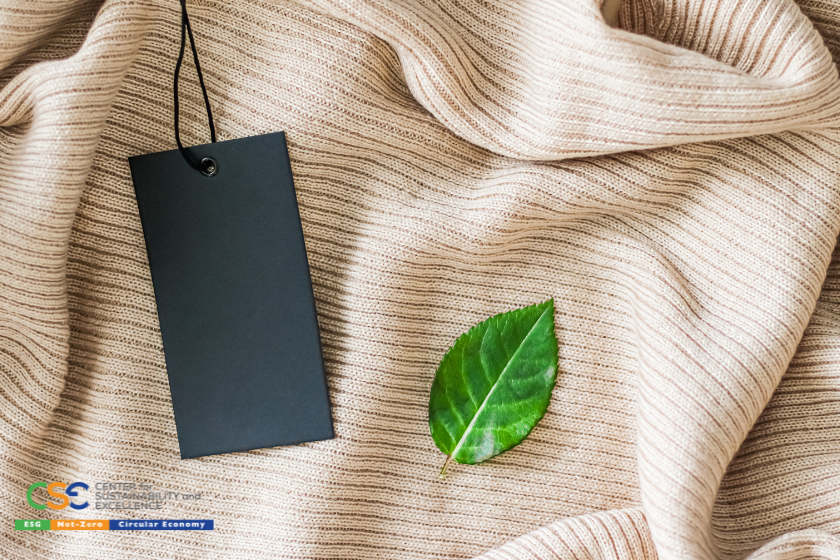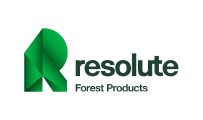As we move deeper into the age of the Anthropocene, production and consumption of textiles is increasing, and a shift to a circular economy is necessary.The European Commission has proposed the EU Strategy for Sustainable and Circular Textiles.
Textiles are all around you. From the clothes you wear, to the furniture you sit on. Textiles both optimize product performance, and function to provide aesthetics. As we move deeper into the age of the Anthropocene, production and consumption of these materials is increasing at an alarming rate. The global rate of production nearly doubled from 2000 to 2015, and this momentum will not likely slow. This is not sustainable, as these processes use and pollute vast amounts of valuable resources. In an attempt to combat this in the shift to a circular economy, the European Commission has proposed the EU Strategy for Sustainable and Circular Textiles.
The EU Strategy purpose
The EU Strategy proposes to make textiles more durable, repairable, reusable and recyclable to combat the textile industry’s negative environmental impacts. The production of textiles, from the manufacturing process to the finished goods, comprises dire environmental risks. These risks are prevalent throughout the entirety of the supply chain, including, but definitely not limited to excess water consumption and pollution, GHG emissions, microfiber and microplastic pollution, and environmental justice issues regarding labor and waste dumping. A shift towards circularity in the textile sector through a set of actions and regulations is vital for a sustainable future.
Actions to take for a fulfilled purpose
- Extended Producer Responsibility (EPR) – The producer of the product will be held responsible for waste they produce.
- Eco design requirements – Textile design will have requirements to be upheld regarding type of material used, recyclability, etc. This will also work to reduce microplastic and microfiber pollution.
- Banning the destruction of unsold/returned goods – Required producer reporting on inventory distribution.
- Reporting requirements – Introduction of digital passports that contain information pertaining to key environmental aspects.
What does The EU Strategy mean for companies?
Circularity will need to become an integral part of the business model for companies in the textile industry. A shift away from the current linear system will create endless opportunity while simultaneously creating industry resilience. Research and innovation are streamlined so that companies can have smarter, more sustainable choices available to them in this transition. As increasingly strict legislation continues to emerge, it is vital that all European companies begin to act now to integrate a more circular model in the design and production of textiles.
Here at CSE, we want to help both you and your company reach your ESG goals. With over 16 years of experience, we offer a variety of programs, from specialized consulting to our renowned professional trainings.
For more information, please contact [email protected]
Upcoming Programs: Certified Sustainability (ESG) Practitioner Program, Leadership Edition 2022.

Location: Digital Date: October 27, 28 & 31
Sign Up: Certified Sustainability (ESG) Practitioner Program, Leadership Edition
For more information & discounts contact us at [email protected]
Related Sustainability Articles








